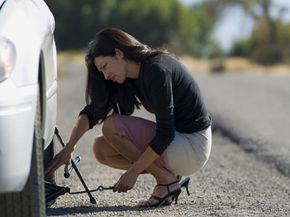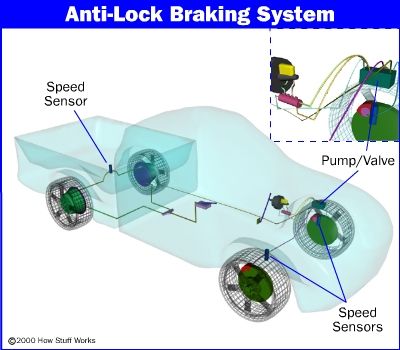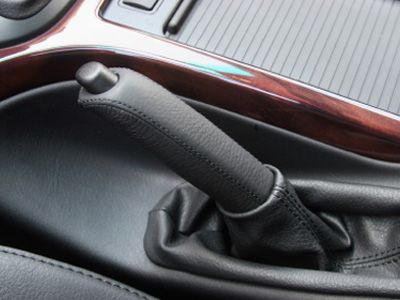An ABS (anti-lock braking system) is a system that helps a driver to avoid skids during panic stops. In a car with a normal braking system, all four wheels will lock and cause the car to skid if the driver jams on the brakes in a panic situation. The problems with skidding are:
- The car will actually take longer to stop.
- The driver loses all control of the vehicle.
An anti-lock braking system lets a computer monitor the wheels. If one of them locks, the computer can pulse the brake on that wheel so that the wheel keeps spinning. Because the wheels continue to spin, the driver can continue to control the car with the steering wheel.
Advertisement
The computer senses rotation using a rotation sensor on each wheel. If the computer were programmed correctly and if there were a light on the dashboard, then the computer could detect a flat tire. What the computer could do is look at different rotational speeds for one out of the four wheels. A flat tire would spin faster than a properly inflated tire, so the computer would look for one tire spinning faster than the other three, on average, over the course of a period of time. Then it could warn the driver by activating the light on the dash.
There are several production cars that use this technique. Starting with 2006 models, the NHTSA (National Highway Transportation Safety Administration) requires that all cars have a tire pressure monitoring system.
For related articles on braking and other automotive topics, check out the links on the next page.
Advertisement


